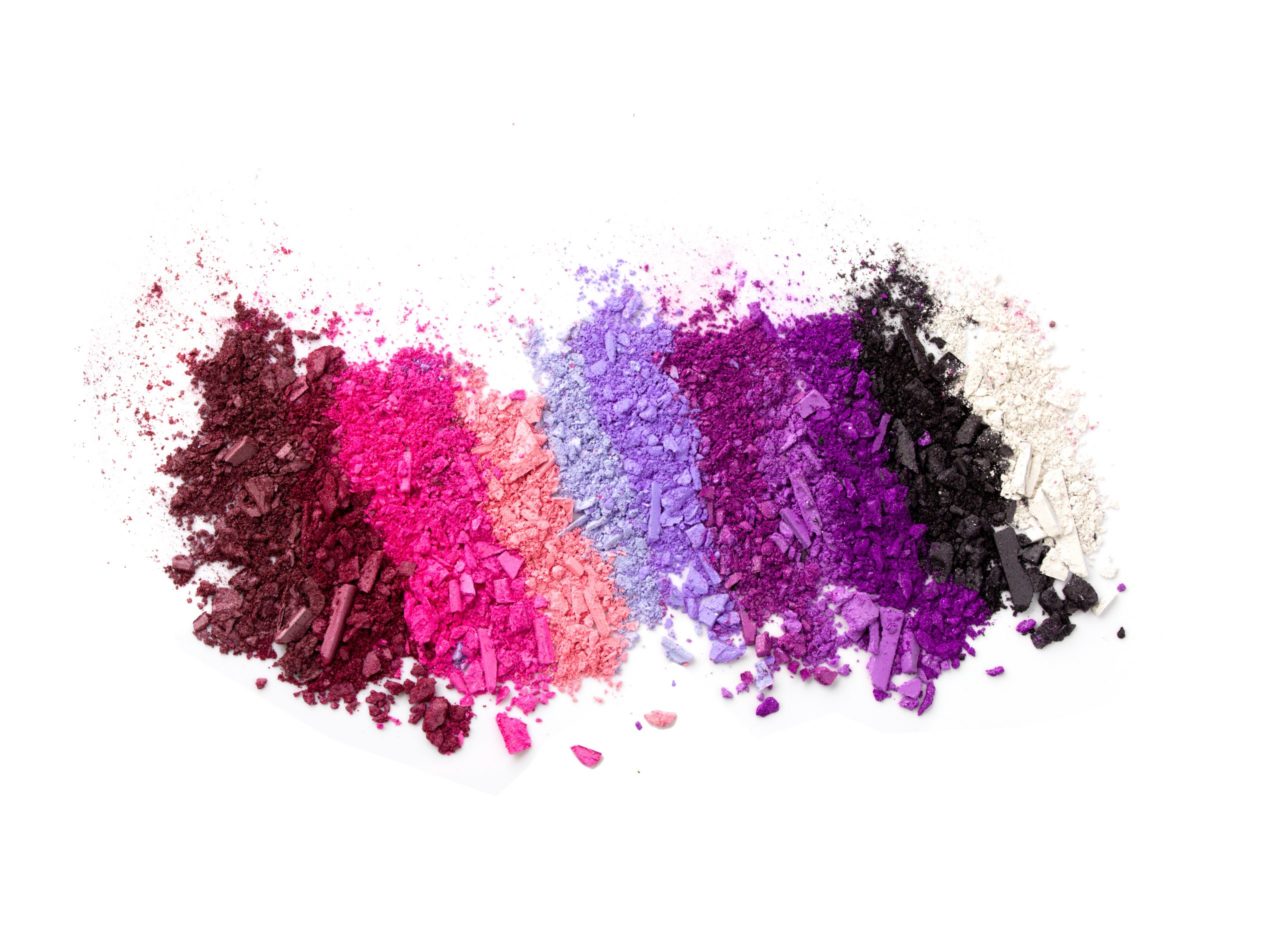Colours surround us. From clothes to cosmetics and food to medicines…colours are everywhere. Ever since the stone age when fruits and charcoal were used to colour and paint, to the medieval era with insects and botanicals as colour sources, natural resources have been exploited. Today, however, it is the era of inorganic and synthetic pigments and dyes.
While ‘synthetic’ is often associated with negatives, they in fact one with multiple benefits to the end-users. Even though natural pigments are considered safe and harmless to nature, they have their limitations. Especially, on a large scale. In industrial settings or mass productions, natural pigments are given lesser priority for multiple reasons. Few of them being:
- Uneven colour payoff
- Restricted colour palette
- Colour fastness
- Lesser shelf life
- Rare availability
- Higher cost of raw materials
Thankfully, today, the gap is bridged. Accidental discoveries of synthetic pigments like Prussian Blue in 1704 and mauveine in 1856 led to the pigment revolution and saw more and more synthetic entries in the market.
These synthetic pigments came with multiple benefits, which allowed industrialists to produce mass goods at a cheaper cost and better quality. With time, the benefits have only improved and allowed wider development in every sector of production. A few of which are discussed below.
Intensity and brilliance
Synthetic pigments are chemically stable and hence, it is possible to create them at varying strengths and intensity. Along with this, a diverse palette of shades can be invented by mixing multiple pigments to achieve desired results.
Affordability and availability
Chemical production at a larger scale allows mass manufacturing of synthetic pigments at a much cheaper cost. This makes colours available to manufacturers and industrialists at a considerable cost, thus ensuring affordability of the end product to the consumers as well.
Heat stability
Synthetic pigments and dyes can undergo rigorous heat and still maintain their intensity thanks to the chemically stable formulation, unlike natural pigments which easily decompose once exposed to heat.
Dispersion
Another unique property that makes synthetic dyes versatile is dispersion. It increases the applicability of dyes across multiple mediums like textiles, plastics, metals, etc to make them appealing and durable.
Safety
FDA and other regulatory bodies ensure that all synthetic pigments and manufacturers abide by rules and regulations for the safety of end products and consumers.
While these pointers are enough to advocate the benefits of synthetic dyes, there are many more in the kitty. At Neelikon, there is an entire portfolio of synthetic dyes and pigments which are USFDA approved and meet all stringent regulatory demands of international countries. These synthetic pigments are versatile to be applied in multiple product ranges.
After all, even though the pigments are synthetic, the benefits are indeed real!


